Community solar installations extend the benefits of owning a solar system while removing some of the limitations. These shared renewable energy plants are owned by a community of people or a third party, and the advantages are shared among members.
Such projects give a pool of people the opportunity to use solar power without having the installation on their own property.
In many cases, this arrangement results in a reduced cost of electricity for what residents and businesses would otherwise pay the utility company.
This relatively new arrangement enables more households and businesses to benefit from solar energy without dedicating rooftop space to the installation.
Virtual net metering is increasing in popularity in many markets that have policies and circumstances beneficial to community solar installations.
There are two primary models for community solar farms.
Ownership-based projects involve an individual or business owning a portion of the total project. Participants can buy or finance a set of panels in the solar array, and their share cannot significantly exceed their own electric usage.
Subscription-based projects are owned by a third-party. Participants pay the administrator or utility for the solar energy they consume, typically resulting in a lower rate of electricity.
Over half of the states of the U.S. now have community solar installations, and Colorado, California, Massachusetts, and Minnesota are expected to lead the way in new capacity. The first community solar installation in Canada was completed in 2017 in Nelson, BC, and Nova Scotia announced the launched a community solar program a few months later.
Growth of community solar installations is expected in many markets, especially those with supportive policies and programs.




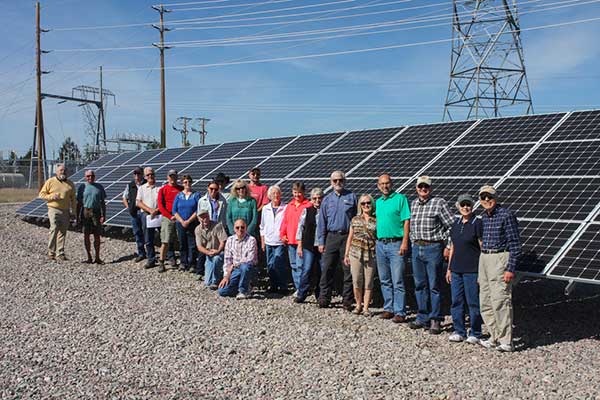

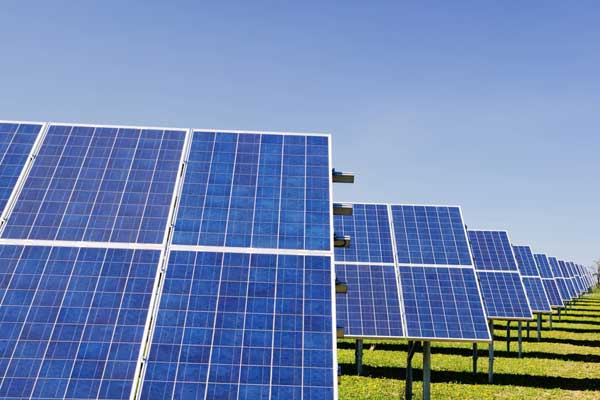
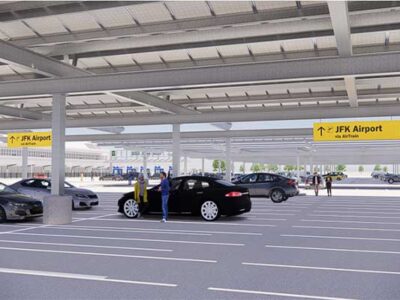

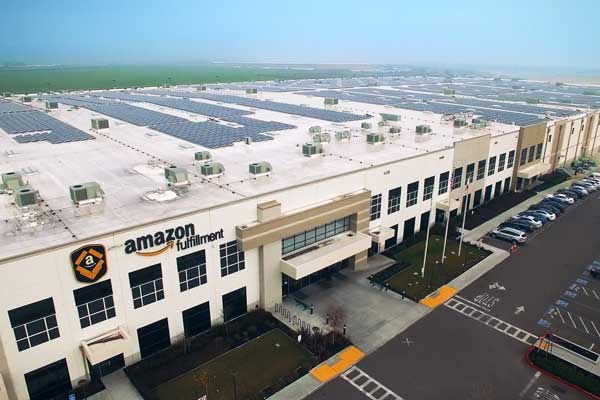
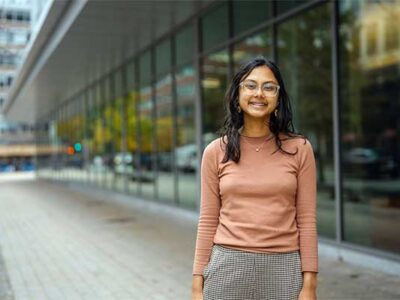
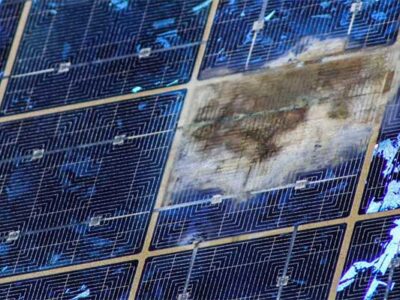

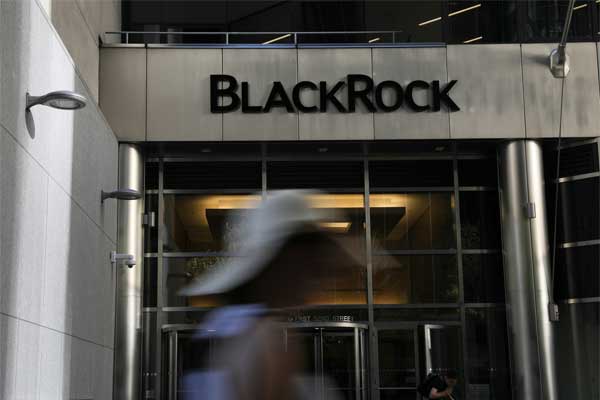



Sarah:
thank you so much for brilliant and well written article regarding solar communities and various funding mechanisms to allow their widespread and potentially viral growth. At the end of your article, you mention several states may permit community solar programs. Can you help me understand which states permit it and which don’t? thank you